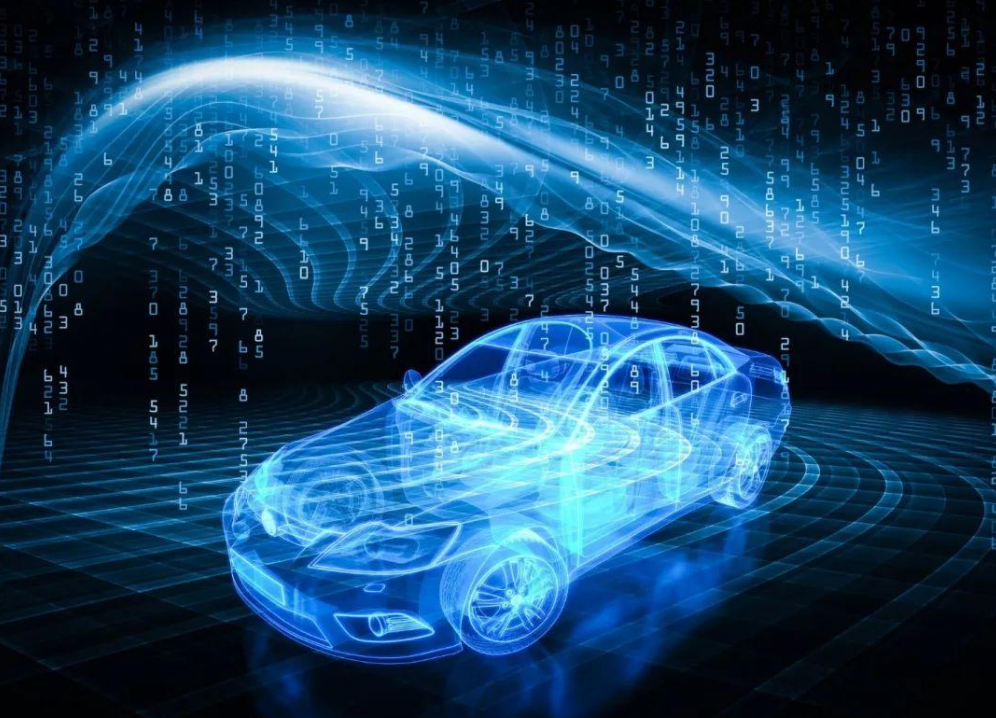6月 02, 2021
1767
As we all know, autonomous driving technology is divided into 5 levels. The higher the level, the more work the auxiliary system can complete instead of the driver. Level 5 means fully automated driving, which can carry out unmanned driving in any environment and situation. When the automation level reaches level 5, there is no need for the driver to control the vehicle at any time. To put it in a human way, when the automatic driving reaches level 5, people don't need to be drivers, they can do other things like passengers, and the machine is the driver.
So the question is, how to ensure that machine driving is safer or even safer than human driving. At this time the role of the sensor comes.

The mainstream sensor products currently used in autonomous driving mainly include four categories: lidar, millimeter wave radar, ultrasonic radar and camera. Their main function is to know the surrounding environment, make correct judgments based on the collected information, and then perform corresponding operations.
Lidar is a comprehensive light detection and measurement system. It transmits and receives laser beams, analyzes the turn-back time of the laser beams after encountering the target object, and calculates the relative distance to the target object. It scans the surrounding environment and generates a high-precision 3D image of the surrounding environment. It is also the key to becoming a level 3-5 autonomous driving.
The working principle of ultrasonic radar is to send out ultrasonic waves through an ultrasonic transmitter device, and measure the distance by the time when the receiver receives the sent ultrasonic waves. Ultrasonic radar has low cost, has advantages in short-distance measurement, and has high accuracy, which is very suitable for parking systems. But its measuring distance is limited, and it is also easily affected by the external environment.
The vehicle-mounted camera is the main visual sensor of the automatic system, and it is one of the most mature vehicle-mounted sensors. After the image is captured by the lens, the photosensitive component circuit and control component in the camera process the image and convert it into a digital child that can be processed by the computer, so as to realize the perception of the surrounding road conditions of the vehicle.
Millimeter wave radar is the core sensor of the autonomous driving system. Among them, the 77GHz automotive radar system has broad prospects. Its huge advantages are: high precision and excellent scalability from short distances to long distances, enabling a series of driver assistance functions. But correspondingly, its technical complexity is also very high. The 24GHz automotive radar makes up for this shortcoming with its ease of use. Under this premise, it can also implement functions that are widely required such as automatic brake assist or blind spot detection.
These sensors are like the "eyes," ears", "hands", "foot" and other human organs of autonomous vehicles. They can observe six directions, listen to all directions, cooperate flexibly, respond in time, make predictions, planning and decision-making, and finally realize automated driving. All passengers arrived safely at their destination.
Finally, a few off-topics. In addition to self-driving cars, traditional cars also use many sensors. According to their functions, they can be divided into 8 categories: pressure sensors, position sensors, temperature sensors, acceleration sensors, angular velocity sensors, flow sensors, odor concentration sensors and liquid level sensors. Automotive sensors are mainly used in powertrain systems, body control systems, and chassis systems, where they are responsible for the collection and transmission of information. The information it collects is processed by the electronic control unit to form instructions to the actuator. Complete the electronic control of the body.